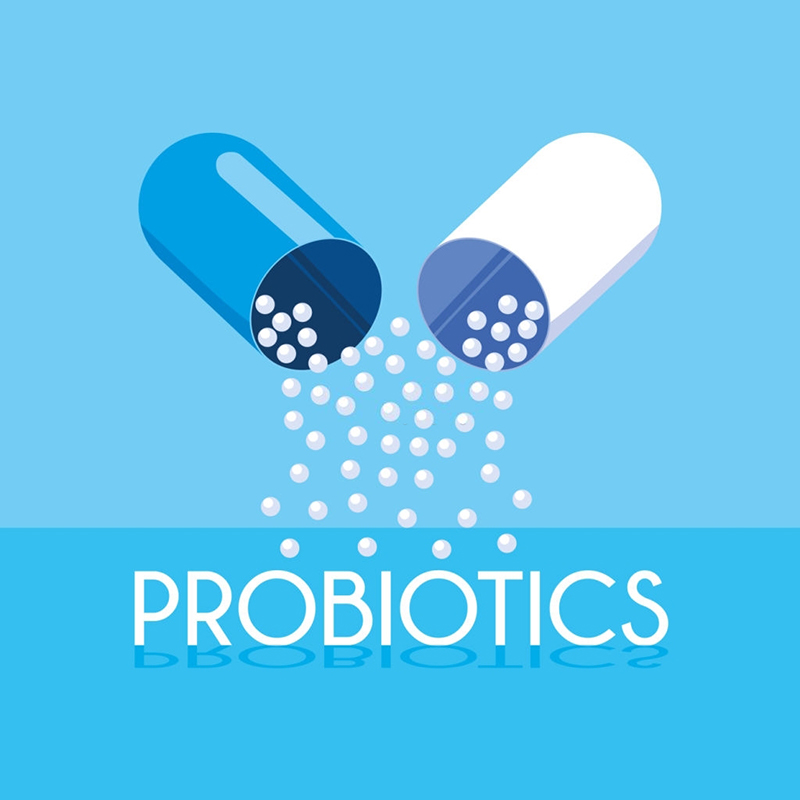Overview
Acidophilus (Lactobacillus acidophilus) is a probiotic bacteria found in the mouth, colon, and vagina. Probiotics are beneficial bacteria that are either identical to or extremely similar to those already present in your body. Each type of probiotic pill — and each strain of each type — has a particular mechanism of action. probioticseverything.comprobiotic usesprobiotic uses
Acidophilus is offered as a supplement in the form of capsules, tablets, wafers, powders, and a vaginal suppository. Acidophilus is found in several dairy products, such as yogurt, and is commercially added to many foods, in addition to being used as a supplement.
Acidophilus is often used to treat a kind of vaginal irritation called bacterial vaginosis, as well as to increase the growth of healthy bacteria in the gut. probioticseverything.comprobiotic usesprobiotic uses
Evidence Based on research into the use of acidophilus for specific illnesses,
it has been discovered that:
- Vaginosis caused by bacteria. The use of oral acidophilus, vaginal acidophilus suppositories, or vaginal acidophilus yogurt has been demonstrated to be useful in the treatment of this form of vaginal inflammation.
- Infections of the lungs. Acidophilus may help to reduce the number and severity of respiratory infections that youngsters get. probioticseverything.comprobiotic usesprobiotic uses
- Diarrhea of certain varieties. A combination of acidophilus and other specific forms of lactobacillus, when taken with antibiotics, may prevent diarrhea, bloating, and cramps caused by a bacterium that can cause symptoms ranging from diarrhea to life-threatening colon inflammation (C. difficile infection). Antibiotic-associated diarrhea and C. difficile infection may be reduced by using the probiotic formulation. Infection caused by Clostridium difficile in hospitalized patients. probioticseverything.comprobiotic usesprobiotic uses
- Eczema. The use of acidophilus in newborns and early children appears to minimize the occurrence of eczema (atopic dermatitis) in pregnant women, breast-feeding moms, and infants.

